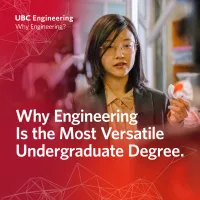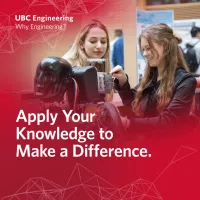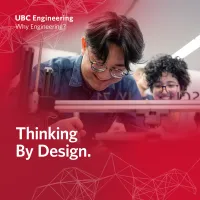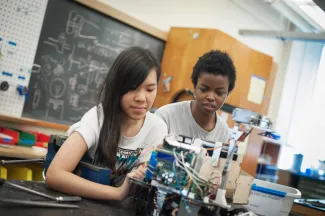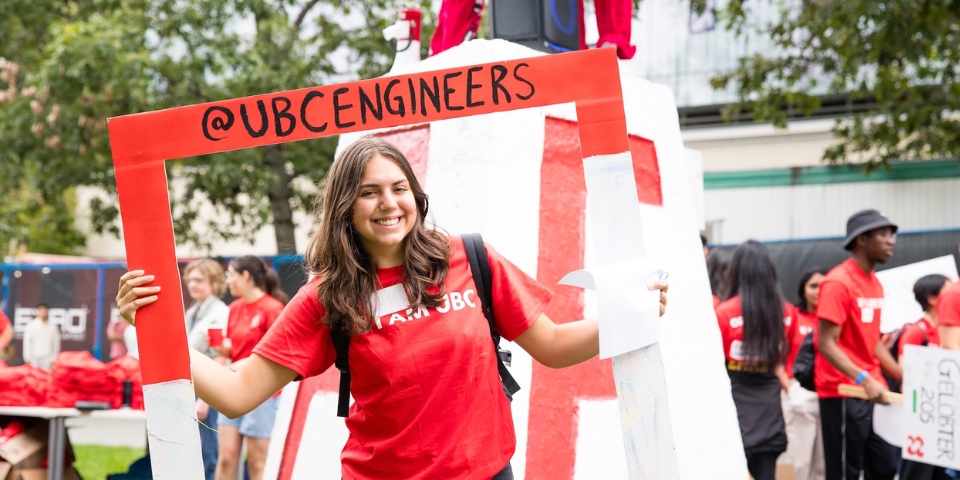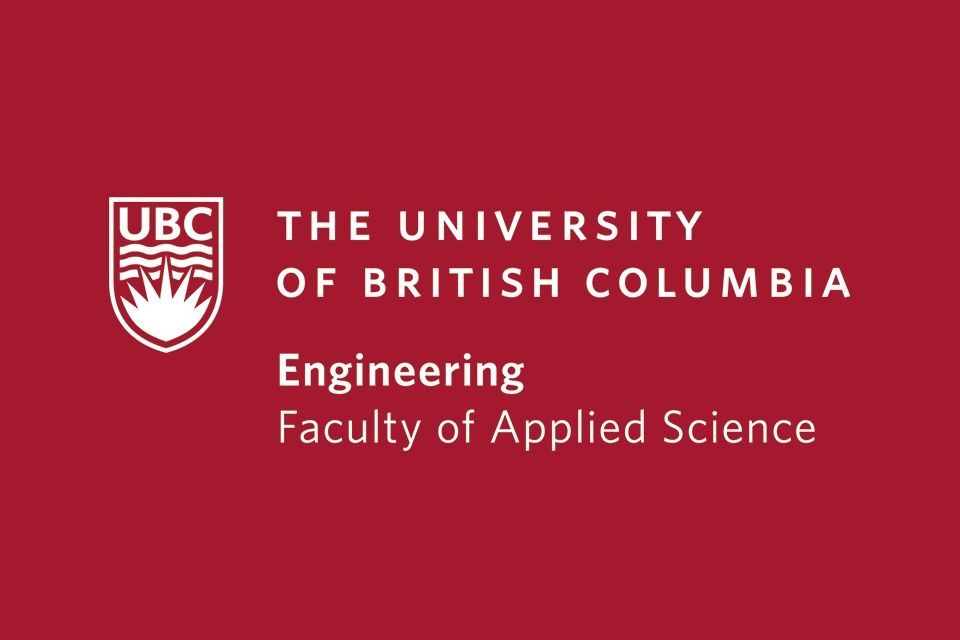“One of the unique things about our students is that they often end up in product or team leadership positions very early on in their career,” says Dr. Marziali
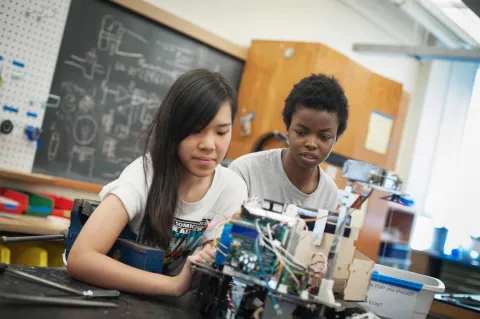
- Program:
Engineering physics might not be as well known as some of the more traditional engineering disciplines, but it definitely has an outsized impact.
Engineering physics is positioned at the very edge of innovation, bringing together engineering and physics to enable the invention of new devices, advances in scientific understanding and the creation of new impactful technologies.
What can I do with a degree in engineering physics?
The breadth of the degree – combined with its depth – sets students up to pursue careers in many different areas. Dr. Marziali says that about one-third of graduates go on to pursue additional degrees – either master’s or doctoral degrees in engineering, but also in math, physics or other areas. Engineering physics is also a great launching pad for pursuing other professional degrees, such as medicine or law.
Most graduates pursue careers in industry, working in a diverse array of fields and at the forefront of innovation. As Dr. Marziali says, “It’s hard to find any areas of innovation that don’t involve physics!”
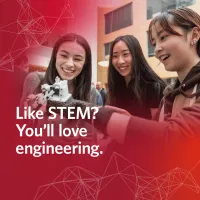
For example, breakthroughs in quantum devices and quantum computing – where you are working at the scale of nanometers – require engineers with a deep understanding of physics. This also applies to biology, where there is a lot of physics involved as we drill down to the molecular level of cells, such as developing nanometer-scale micromachines to sequence DNA.
At the other end of the scale, many alumni end up working in aerospace, astronomical device development and satellites.
“One of the unique things about our students is that they often end up in product or team leadership positions very early on in their career,” says Dr. Marziali.
“This is because they have such a broad training and therefore have knowledge of so many different elements of engineering, from electrical to software to mechanical design.”
Many students end up as entrepreneurs. Dr. Marziali says there are at least 50 companies started by alumni (including Boreal Genomics, a company he started in 2007, which developed innovative diagnostic tools for detecting cancer). Many of the professors have industry experience as founders of tech start-ups and they are keen to share their insights on what is required to advance an idea through commercialization.
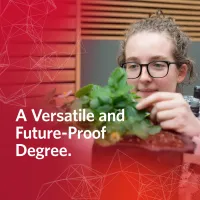
Interested?
It’s highly competitive to get into engineering physics. Admission is based on first year grades, with particular attention paid to final marks in math and physics courses. Students are also interviewed for their emotional competencies, leadership potential, communication skills and resilience.
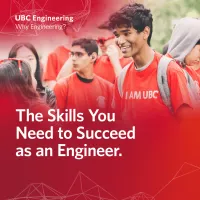
Learn more about engineering physics:
- Check out our web page for prospective students, including videos
- Read profiles of current engineering physics students and alumni by filtering your search for “engineering physics.”
